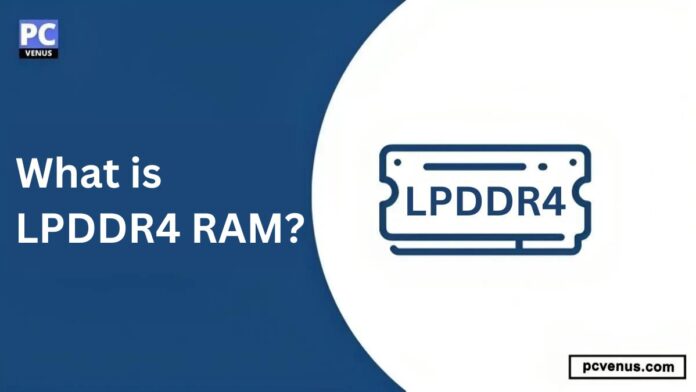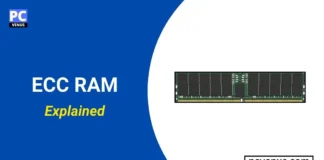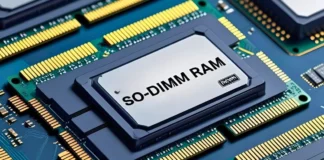Nowadays, technology has advanced a lot in a very short time as it has progressed from dial-pad to touch-screen, from black and white display to QHD 4k display with millions of colors, and from KB to GB in memory space. The biggest challenge these days is to reduce power consumption without compromising performance.
To solve this challenge, LPDDR or Mobile DDR has come into the market. Earlier devices used to take more time to work and also used to consume more energy, but now it is not like that. Now, new generation RAM is coming with LPDDR4 in mobiles, tablets, and portable devices. This is the memory that is used to store short-term data used by applications, which is quite fast.
It loads applications and files faster on mobile, tablet, and portable devices, making it work more quickly. Its popularity is greater because it consumes very little power, due to which it is used more in mobile and portable devices. This LPDDR4 RAM is faster and better than all the previous generation LPDDR series RAMs.
In this article, we will discuss about the performance of LPDDR4 RAM so that you will know in which areas this RAM is good. We will also talk about its advantages. By the end of this article, you will understand what LPDDR4 RAM is and what its advantages and disadvantages are.
Table of Contents
What is LPDDR4 RAM?
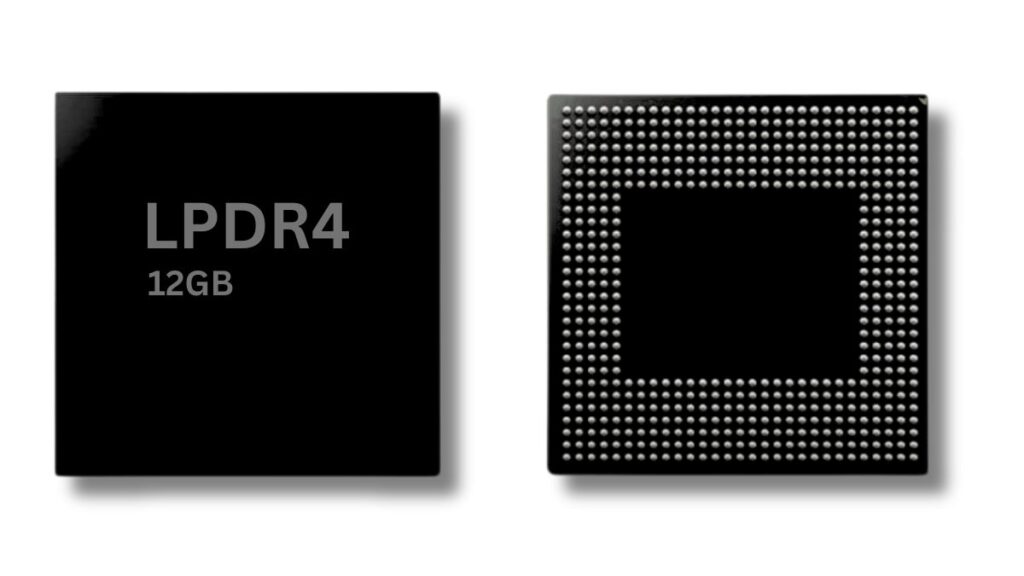
LPDDR RAM stands for Low Power Double Data Rate Random Access Memory. LPDDR4 RAM is the fourth generation, which is faster than the previous generation LPDDR3. It transfers data at twice the rate (up to 3200 MB/s) compared to the previous generation and also consumes less energy.
Whereas LPDDR3 had a one-channel die, LPDDR4 had a two-channel die with 16 bits in each channel, for a total of 32 bits. This increased bit reduces the power of the data core and improves operational speed.
Advantage Of LPDDR4 RAM

Better Data Transfer Speed
Its bandwidth is much higher than the previous generation’s RAM, which allows it to transfer data much faster. Its high bandwidth reads and writes data quickly so that it does not take time for the data to reach the CPU.
It transfers data at a speed of approximately 4266 MT/s, whereas its previous generation RAM LPDDR3 transfers data only at a speed of 2133 MT/s. Due to its data transfer speed, intensive work and high-speed data processing tasks like gaming, multimedia editing, and content streaming are done easily.
Better Power efficiency
The biggest advantage of LPDDR4 is its power efficiency. It operates at a lower voltage than all previous-generation RAM, resulting in very low power consumption during both active and idle states. Advanced power-saving features like deep power-down mode and adaptive voltage scaling are built to reduce power consumption.
These features dynamically adjust power levels based on workload requirements. Due to low power consumption, it is very good for portable devices like mobile phones and tablets because battery life is important for these devices.
Higher Memory Capacity
It is its memory capacity that allows intensive tasks like gaming, multimedia editing, and content streaming to run smoothly without experiencing performance degradation due to insufficient memory.
Nowadays, mobiles and tablets contain resource-intensive apps that require large-capacity RAM to run. Due to its increased capacity, there is no problem with multitasking on today’s devices like mobiles and tablets.
What to consider when choosing LPDDR4 RAM?
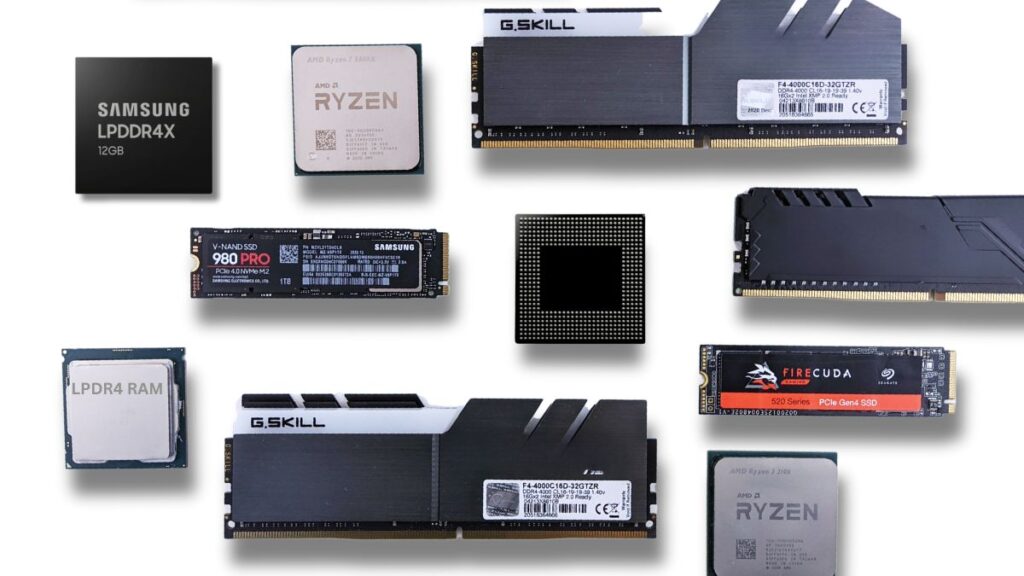
While buying RAM, first consider the capacity of RAM and how much RAM you need because most mobiles and tablets do not have the option to upgrade RAM. LPDDR4 RAM comes with different capacities ranging from 2GB to 32 GB. Nowadays, 32 GB is not much capacity, but it is more for some mobile and portable devices.
While choosing RAM, check the speed because many types of LPDDR4 RAM have different data transfer speeds. Therefore, select RAM with speed in mind, it affects your system performance. If the speed is good, then the performance of your system will also be good, and it will complete the tasks done by you quickly.
Nowadays, many companies make RAM, but all the companies use different materials. Good companies use good quality materials to make their RAM, due to which their RAM is good. When buying RAM, always buy from a good brand. Kingston, Samsung, Everspin, and Micron are some good brands that make better-quality LPDDR4 RAM.
Not all RAM is compatible with all motherboards because its made according to the motherboard so that both motherboard and RAM work well together. That is why while buying RAM, first of all, check whether the RAM you are buying is compatible with the motherboard of your device or not. If you do not check the compatibility with the motherboard, you will not get the full performance of the RAM.
Usually, new-generation RAM is expensive; hence, while buying RAM, first consider your budget and only then buy it. If you do not need high-capacity RAM, then there is no point in spending more money. If you do intensive work like video editing, gaming, and streaming, then it would be right for you to get LPDDR4 RAM. It is a bit expensive but will do your intensive tasks easily.
LPDDR4 vs LPDDR4X vs DDR4 vs LPDDR3 vs LPDDR2, LPDDR1
| Feature | LPDDR4 | LPDDR4X | DDR4 | LPDDR3 | LPDDR2 | LPDDR1 |
|---|---|---|---|---|---|---|
| Purpose | Mobile devices, ultrabooks, low-power systems | Mobile devices, ultrabooks, low-power systems | Desktops, high-end laptops, servers | Mobile devices, ultrabooks, low-power systems | Mobile devices, ultrabooks, low-power systems | Mobile devices, ultrabooks, low-power systems |
| Data Rate | Up to 4266 Mbps | Up to 4266 Mbps | Up to 3200 Mbps | Up to 2133 Mbps | Up to 1066 Mbps | Up to 400 Mbps |
| Bandwidth | Up to 34.1 GB/s | Up to 34.1 GB/s | Up to 25.6 GB/s | Up to 17 GB/s | Up to 8.5 GB/s | Up to 3.2 GB/s |
| Operating Frequency | Up to 2133 MHz | Up to 2133 MHz | Up to 2400 MHz | Up to 1066 MHz | Up to 533 MHz | Up to 200 MHz |
| Voltage Modes | Single voltage (1.1V) | Single voltage (1.1V) | Single voltage (1.2V) | Single voltage (1.35V) | Single voltage (1.8V) | Single voltage (2.5V) |
| Channels | 2x 32-bit channels | 2x 32-bit channels | 2x 64-bit channels | 2x 64-bit channels | 2x 64-bit channels | 2x 64-bit channels |
| Burst Length | 16 (per channel) | 16 (per channel) | 8 (per channel) | 8 (per channel) | 4 (per channel) | 2 (per channel) |
| Prefetch | 16n (per channel) | 16n (per channel) | 8n (per channel) | 8n (per channel) | 4n (per channel) | 2n (per channel) |
| Banks | 8 (standard bank structure) | 8 (standard bank structure) | 16 (complex bank structure) | 8 (standard bank structure) | 4 (standard bank structure) | 4 (standard bank structure) |
| Memory Densities | Up to 16GB per channel | Up to 16GB per channel | Up to 64GB | Up to 8GB per channel | Up to 4GB per channel | Up to 2GB per channel |
| Error Correction | On-die ECC | On-die ECC | External ECC chip or integrated in memory controller | On-die ECC | On-die ECC | No ECC |
| Form Factor | Smaller form factor, typically BGA packages | Smaller form factor, typically BGA packages | Larger DIMM modules | Smaller form factor, typically BGA packages | DIMM modules | DIMM modules |
| Release Date | September 2014 | September 2014 | March 2014 | June 2007 | August 2003 | June 2000 |
Final Word
As we know, LPDDR4 RAM is good in almost all areas, whether it is performance, data transfer, or energy efficiency. This RAM is great for mobile and portable devices as it consumes very little power, which makes the battery of the portable device last longer.
Its performance is good, but it is a bit more expensive than its previous generation, and the price of the device that comes with it is also higher. Its fast data transfer increases the overall performance of the device, and its error correction technology increases the reliability of the data.
